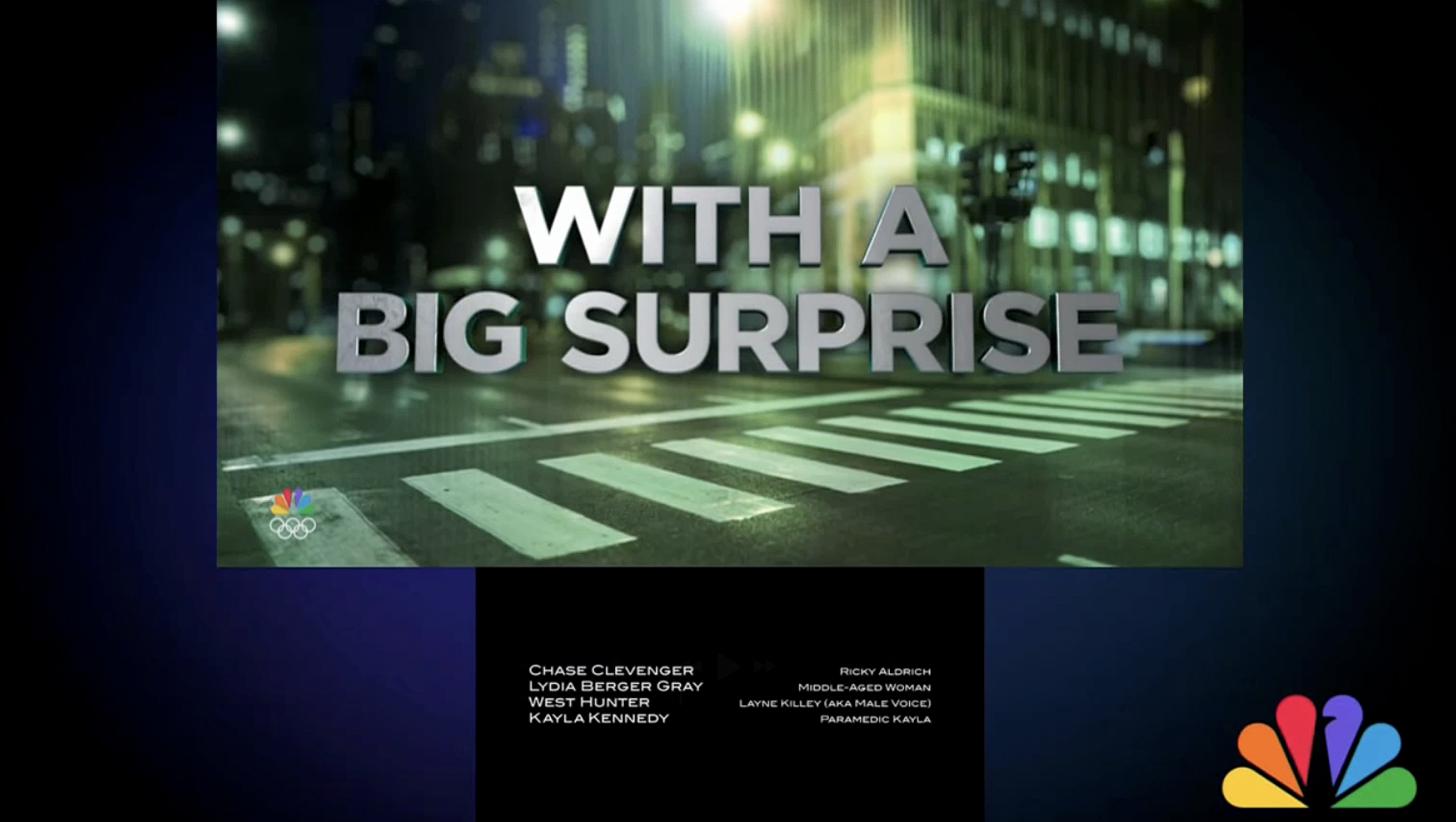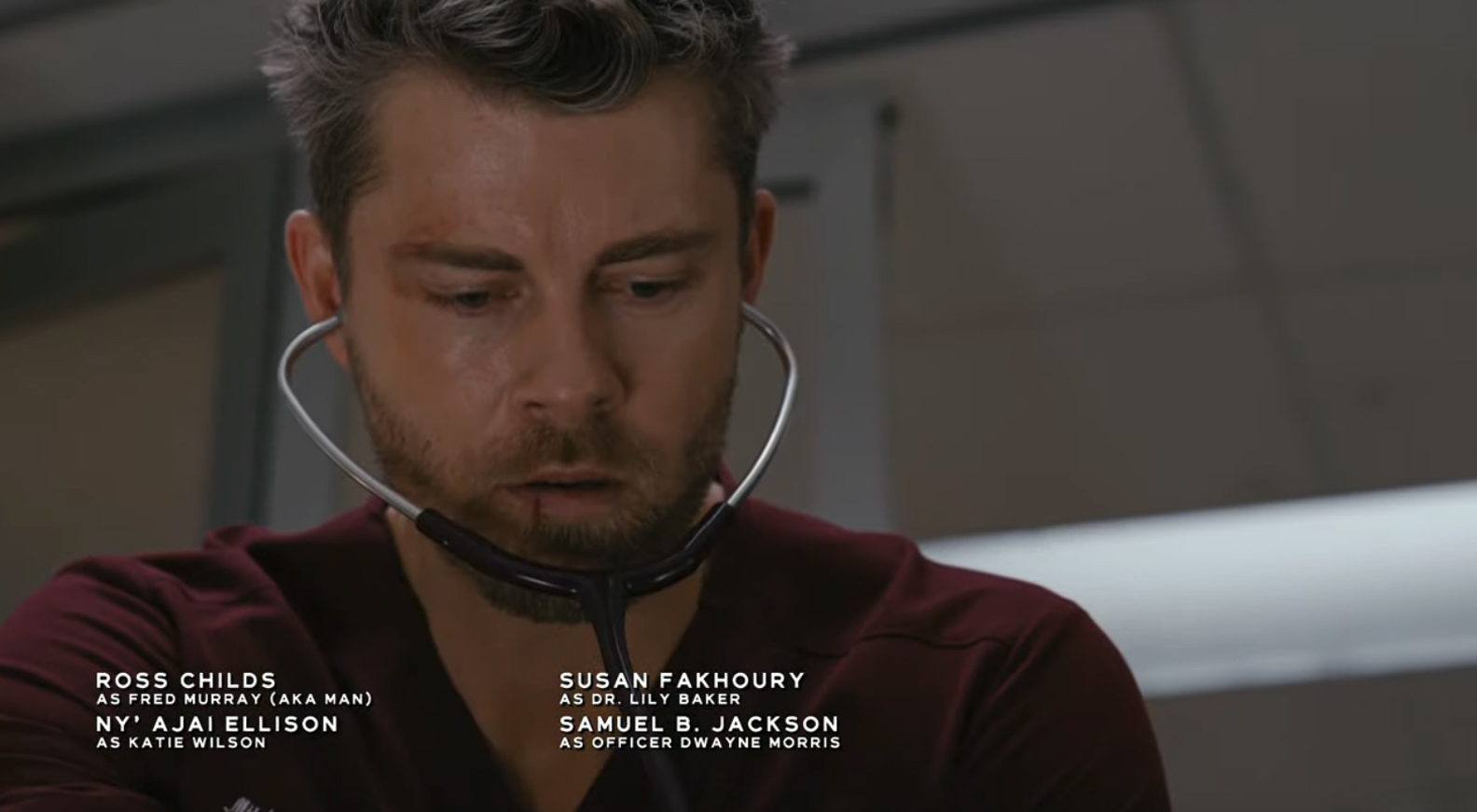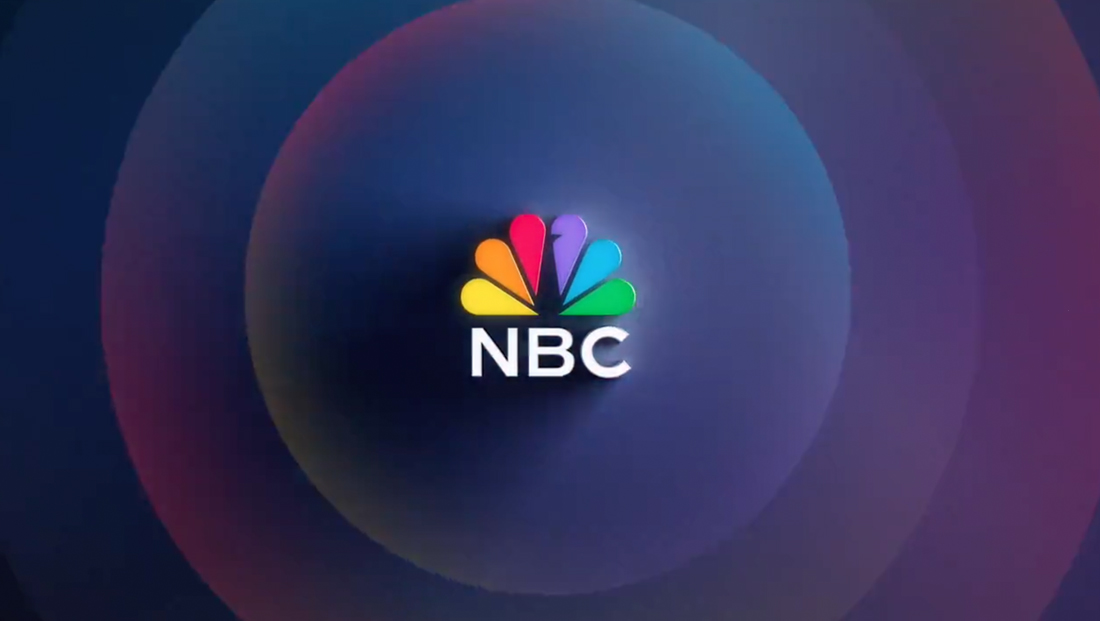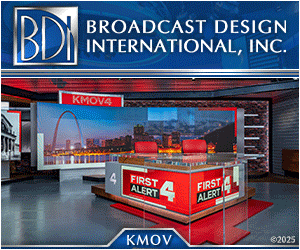NBC goes boxed in updated approach to showing credits, promos between shows

Subscribe to NCS for the latest news, project case studies and product announcements in broadcast technology, creative design and engineering delivered to your inbox.
With the debut of the 2025-2026 television season, NBC changed up how it presents credits at the end of a show.
Like most networks, NBC has long taken advantage of the time between one show and the next one to slip in a few promos while the credits for the preceding show run on-screen.
How networks handle this varies from year to year, network to network and even show-to-show on the same broadcaster. There are a variety of techniques, too, with sidebars, squeezebacks, boxes, footers and other layouts all appearing on TV in the past decades.

How credits appeared during NBC’s ‘Chicago Med’ during the 2024-2025 season.
For the 2025-2026 season, NBC stopped running the credits placed directly on top of the promos in a space along the bottom of the screen and switched to using two distinct boxes.
The first, which has a height of about two-thirds of the screen vertical height, shows the promos, while a significantly smaller one with a height of approximately one-third, shows the credits as designed and laid out by the shows’ producers.
Both larger box sits directly above the smaller one and both are centered in the X-space of the screen.
This approach removes the requirement that NBC import the text of the credits and reformat them to fit along the bottom, which often requires formatting them in columns.
NBC had also been showing these credits in what appears to be a variation of NBC Tinker, its bespoke font, which did help create more visual consistency across programming.
It also allows the credits to air as the show’s production team meant them to look — albeit at a significantly smaller size. For example, during Chicago Thursday, the credits are set in white on a black background using the same wide sans serif font that appears in the opening credits.
Another advantage is that it gives the network more flexibility in what spots it can air between shows. Using the old approach, any promos that ran in the time between shows had to avoid placing any graphics or key action in an area roughly equal to the bottom fourth of the screen. Now, almost any promo can appear and it also avoids the hassle of potentially creating two versions of the same promo.


Shrinking the two panes of video down does, by its very nature, create negative space, which NBC has opted to fill with a blue-violet-gray-black radial gradient, a look that echoes the last portion of the network “curtain riser” vanity card snipe that debuted in 2022 and remains in use today.
The boxed layout also features the NBC peacock, which was redrawn as part of the same 2022 updates, in the lower right. In a move likely to reduce clutter while still staying on-brand, the version of the logo without the letters “NBC” is used.
NBC does not, however, typically use this arrangement for production cards for the show’s various production companies. These appear in fullscreen just after the show ends but before the two-box layout appears.
Overall, the new arrangement gives NBC a more flexible space to promote upcoming content while still fulfilling its obligations to air credits.
Some downsides to the approach, which is used in other variations across television, is that both of the panes feature video at a smaller scale than it may have been intended. The boxed approach also makes the promos feel less like they’re part of the actual program.
That said, it was always fairly obvious that a promo was airing — thanks to the often splashy graphics and dramatic voiceovers, so it’s not necessarily a big hit to that type of experience.
It’s not clear if NBC is allowing affiliates to cover portions of these interstitials, such as jumping in to promote late local news as the credits roll on the last show of primetime.
The boxed approach could help simplify this approach, if used, since a station’s master control would only need to know to shrink down its own, local promo to the predefined coordinates of the promo pane.
Some networks have taken the approach of squeezing in promos — or even starting the next program — while the previous one’s credits roll, to the extreme. In some cases, the show’s credits screens get smooshed down to the lower fourth or so of the space, creating nearly unreadable text that would be comical if not for essentially blurring out the names of the hard-working crew and production team (cable networks are perhaps most notorious for this approach).
Ultimately, even these approaches still technically meet the definition of airing credits on-screen while also allowing broadcasters a better chance of retaining their lead-in audience.
Less drastic approaches, including ones similar to what NBC is using, are also often used by many broadcasters, with the production cards also often scaled down.
Subscribe to NCS for the latest news, project case studies and product announcements in broadcast technology, creative design and engineering delivered to your inbox.






tags
NBC, nbc peacock, NBC Tinker, snipes
categories
Featured, Networks, News Promos and Sports Promos